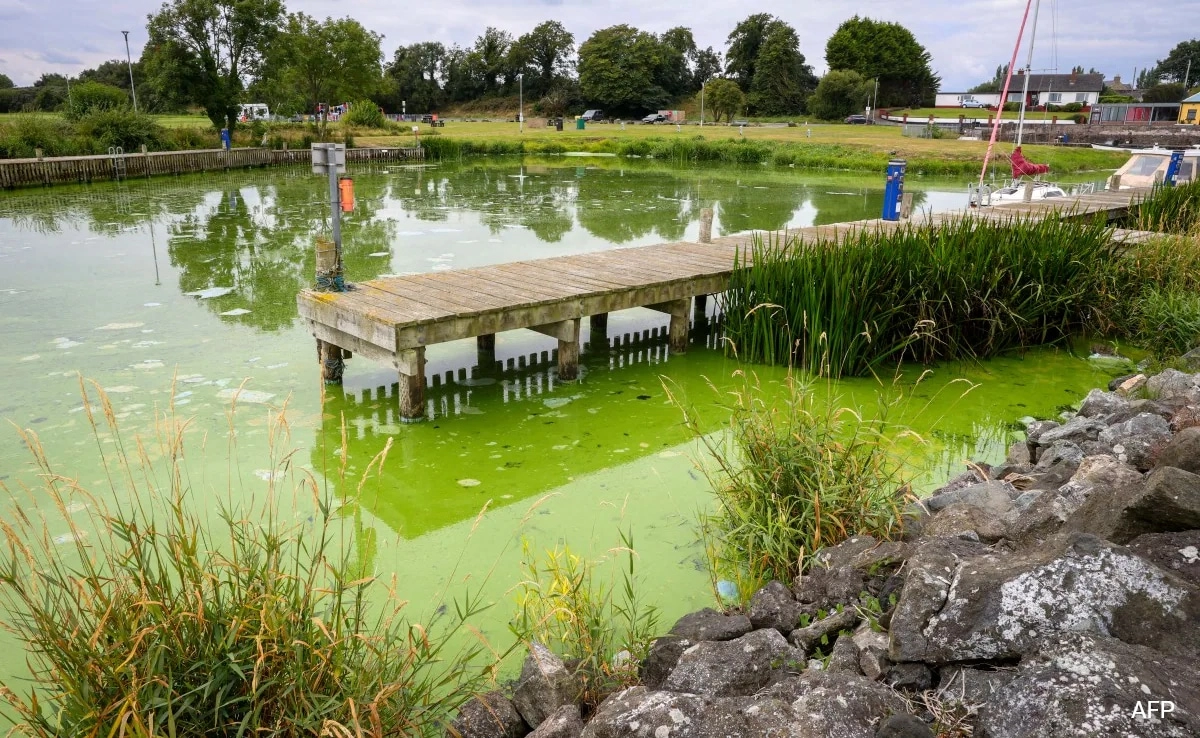Lough Neagh, the largest lake in the United Kingdom, is facing a critical environmental crisis as it grapples with the proliferation of toxic blue-green algae, a phenomenon that threatens its delicate ecosystem. This alarming growth of cyanobacteria, which can produce harmful toxins, has raised serious concerns among environmentalists, local communities, and authorities alike. The lake, known for its rich biodiversity and cultural significance, is now at risk of severe ecological degradation, impacting both wildlife and the livelihoods of those who depend on its resources.
The rise of blue-green algae is often linked to nutrient pollution, primarily from agricultural runoff and other human activities that introduce excessive amounts of nitrogen and phosphorus into the water. These nutrients create a fertile environment for the algae to thrive, leading to blooms that can deplete oxygen levels in the water, block sunlight, and produce toxins harmful to aquatic life, pets, and even humans. As the algae bloom spreads, it poses a dire threat not only to fish populations but also to recreational activities, tourism, and the overall health of the lake.
Local authorities and environmental agencies are now faced with the urgent task of addressing this crisis. Efforts are underway to monitor water quality and implement measures to reduce nutrient runoff, but challenges remain. The situation calls for a collaborative approach that involves stakeholders, including farmers, conservationists, and local governments, to develop sustainable practices that protect Lough Neagh from further degradation. Public awareness campaigns are also essential to inform communities about the risks associated with toxic algae and to promote responsible behaviors that can help mitigate the problem.
In addition to immediate remediation efforts, there is a pressing need for long-term strategies to restore the lake’s health and resilience. This includes investing in research to better understand the dynamics of blue-green algae blooms and their triggers, as well as fostering community engagement in conservation initiatives. The future of Lough Neagh hangs in the balance, and it is crucial for all stakeholders to come together to ensure that this vital ecosystem does not succumb to the devastating effects of pollution and climate change. The survival of this iconic lake and its surrounding environment depends on our collective action to address the challenges posed by toxic blue-green algae.




